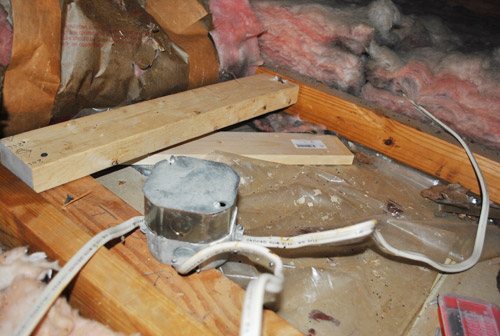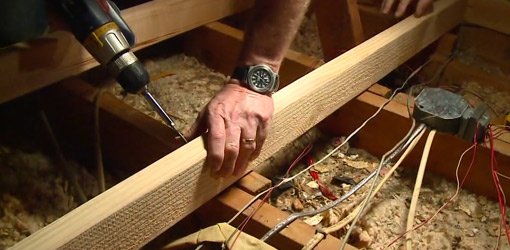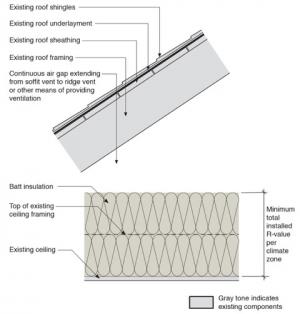Best Place To Put Junction Boxes In Insulated Attic

Junction box mounting locations there are two options for mounting boxes that are wholly contained within the attic.
Best place to put junction boxes in insulated attic. According to agricultural engineer b r. Some builders consider it safe to completely cover junction boxes in the attic with insulation as long as you mark the positions of the boxes. You must find a way to get your splicing in a junction box located above the insulation. Heat can damage things such as photographs and wood.
Home electrical wiring is the process of installing electrical wire to a location that will serve electrical devices or an appliance. Storing items in your attic is far more preferable than storing them in the basement where they may get wet think about flooding or garage where they are exposed to the elements. Stewart attics without air conditioning can reach up to 160 degrees fahrenheit on a hot day and that s way too hot for your electronics to survive apple recommends using their computers at between 50 and 95. No boxes hidden in wall and no boxes covered by insulation in the attic.
You can attach them to the joist s side surface called the face or to the joist s top surface called the edge. Mount the box in such a way that all the cables entering and. Junction boxes electrical junction boxes for home wiring understanding electrical junction boxes and what they are used for. Surrounding insulation around j boxes there is no.
If you re storing electronics in your attic you might be unpleasantly surprised to find them less than functional in the future. Use the attic to store anything that is impervious to heat. Since insulation is combustible you must install face plates on all attic junction boxes to prevent contact between bare wires and insulation materials. That latter gets especially tricky if you are tapping into a circuit in the attic where the wires are covered by insulation.
All your junction boxes must be visible and accessible. Mount the j box to the side of a framing member such as a wall stud ceiling rafter or floor beam using two 8 by 1 inch wood screws. Always cover the tops of the ceiling joists to make sure the insulation is deep enough to reach your target r value and to prevent thermal bridging the heat loss that occurs through the wood framing.













































